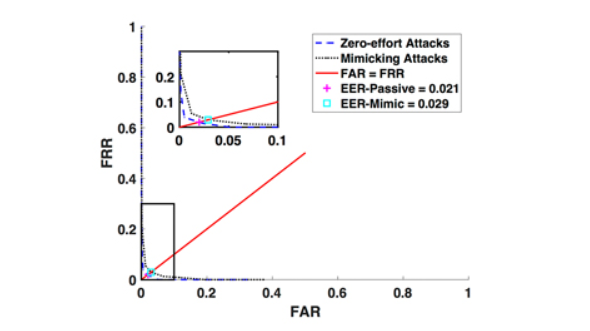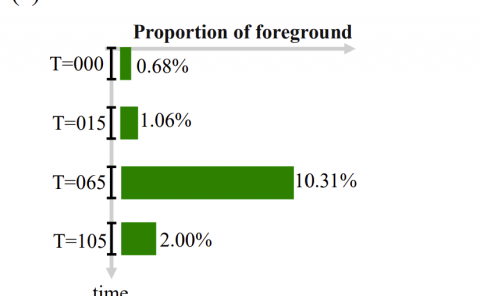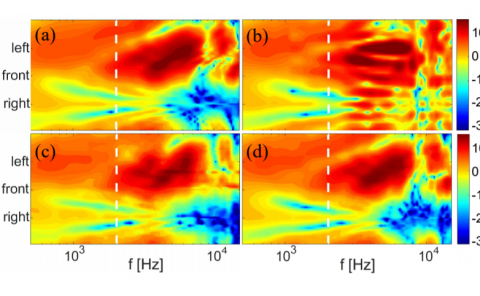GaitLock: Protect Virtual and Augmented Reality Headsets Using Gait
PubDate: January 2018
Teams: Harbin Engineering University;University of Warwick;Shenzhen University;University of New South Wales;Massachusetts Institute of Technology
Writers: Yiran Shen; Hongkai Wen; Chengwen Luo; Weitao Xu; Tao Zhang; Wen Hu; Daniela Rus
PDF: GaitLock: Protect Virtual and Augmented Reality Headsets Using Gait

Abstract
With the fast penetration of commercial Virtual Reality (VR) and Augmented Reality (AR) systems into our daily life, the security issues of those devices have attracted significant interests from both academia and industry. Modern VR/AR systems typically use head-mounted devices (i.e., headsets) to interact with users, and often store private user data, e.g., social network accounts, online transactions or even payment information. This poses significant security threats, since in practice the headset can be potentially obtained and accessed by unauthenticated parties, e.g., identity thieves, and thus cause catastrophic breach. In this paper, we propose a novel GaitLock system, which can reliably authenticate users using their gait signatures. Our system doesn’t require extra hardware, e.g., fingerprint sensors or retina scanners, but only uses the on-board inertial measurement units (IMUs) equipped in almost all mainstream VR/AR headsets to authenticate the legitimate users from intruders, by simply asking them to walk a few steps. To achieve that, we propose a new gait recognition model Dynamic-SRC, which combines the strength of Dynamic Time Warping (DTW) and Sparse Representation Classifier (SRC), to extract unique gait patterns from the inertial signals during walking. We implement GaitLock on Google Glass (a typical AR headset), and extensive experiments show that GaitLock outperforms the state-of-the-art systems significantly in recognition accuracy (> 98 percent success in 5 steps), and is able to run in-situ on the resource-constrained VR/AR headsets without incurring high energy cost.



